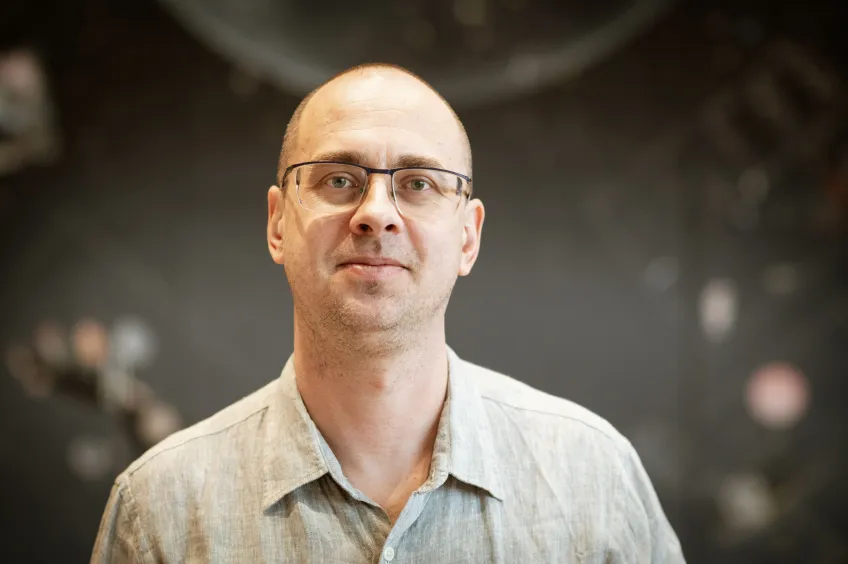Congratulations, Vasili Hauryliuk! You just received a grant from the Human Frontier Science Program – what’s this all about?
Thanks! Together with my colleagues Alexander Tøsdal Tveit (University of Tromsø) and Markus Basan (Harvard Medical School), we’re exploring how to harness an Arctic bacterium that consumes methane gas—a potent greenhouse gas—as a potential tool to mitigate climate change.
So you will be working on bacteria that can “eat air”? What does this even mean?
They oxidize methane and convert it into the building blocks of their cells, similar to how we metabolize, for instance, sugar. But unlike us, they can survive on methane as the sole sourse of carbon.
What are the biggest hurdles in getting bacteria to thrive – and make a real impact on climate change?
Their nutrient-poor diet means they grow slowly. To make them more effective, we need to understand their metabolism and hunger regulation – in essence, we need to figure out how to make them grow faster. The key lies in their ribosomes – the molecular machines that all cells on Earth use to produce proteins.
Think of a cell as a factory, and its job is to make products – proteins, in this case – which are made from amino acids. Proteins do everything in the cell: they build structure, run chemical reactions, transport stuff, and more. But to make proteins, you need ribosomes – the cell’s version of assembly lines or machines on the factory floor. If your factory only has a few machines (ribosomes), you can only make a small number of products (proteins) per hour. But if you invest in more machines, you can ramp up production. The molecular sensor that bacteria use to sense if they are hungry for amino acids – the building blocks of proteins – operates on the ribosome, making sure that the supply of amino acids is balanced with their consumption.
How do you envision using this in the future?
We could potentially deploy these bacteria to capture methane that is released by diverse sources, from livestock farms to thawing permafrost. The potential applications are wide-ranging.
What’s the magic behind this international collaboration?
Alexander is an expert on this specific bacterium, which he isolated from a coal mine in Svalbard. Markus focuses on how organisms allocate energy – what they invest in, what they gain, and the trade-offs involved. Ribosomes are central to that. My lab brings expertise in ribosomes and bacterial hunger responses. Together, we cover everything from the bacterium’s environment to its internal economy. It’s a perfectly complementary team.
What’s one thing about this research that you think would absolutely blow people’s minds?
Just the idea that something other than a plant can live on air. That’s amazing in itself. And methane emission accounts for about 20 percent of all greenhouse gases – so these bacteria could make a real difference.

